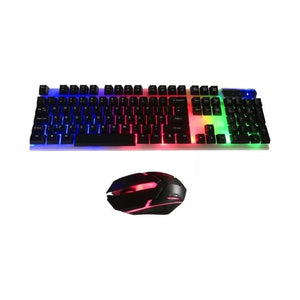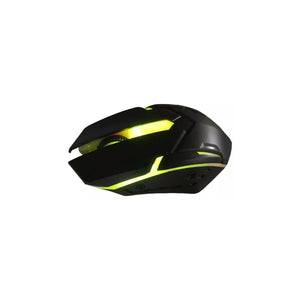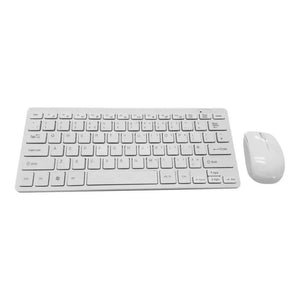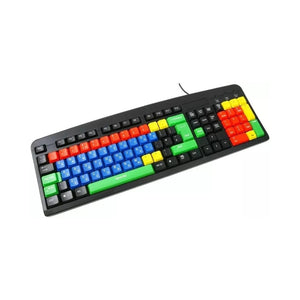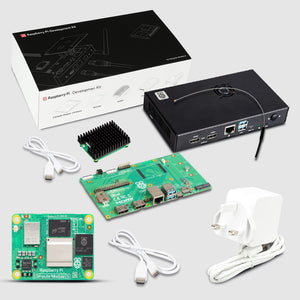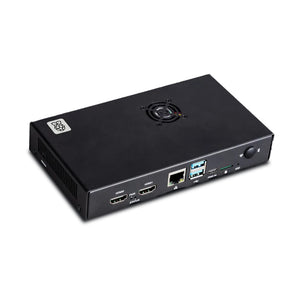What if you could build your own radar system at home—no satellites or defense contracts needed? That’s exactly what maker LahkarRiku accomplished with this engaging DIY project: a mini ultrasonic radar powered by an Arduino UNO. It’s a small-scale, beginner-friendly tech project that shows how you can visualize real-time object detection using basic components, making it a perfect entry point for students and hobbyists alike.
At the core of this project is the Arduino UNO microcontroller, which coordinates with an ultrasonic sensor (typically an HC-SR04) and a servo motor. The ultrasonic sensor sends out sound waves and measures how long they take to bounce back—kind of like a bat’s echolocation. The servo motor allows the sensor to sweep in an arc, scanning the area in front of it. As objects are detected at different distances and angles, their positions are displayed as a radar-style interface on a connected computer using the Arduino IDE's Serial Plotter or a simple Processing sketch.
What makes this radar setup interesting isn’t just the tech behind it—it’s the way it brings abstract concepts like sonar, distance measurement, and sensor feedback to life in a clear, visual way. Watching your DIY radar sweep back and forth, lighting up when it detects an object, creates that "aha!" moment that every maker loves.

The project’s charm also lies in its simplicity. It doesn’t require expensive components or advanced programming. All you need is an Arduino UNO, a basic ultrasonic sensor, a servo motor, and a bit of coding. Even the interface part—usually the most intimidating part of radar systems—is made accessible with beginner-friendly code and tutorials. With just a few wires and some curiosity, you’ll be tracking invisible objects in no time.
This kind of project is a fantastic way to dive into Arduino basics while also touching on real-world applications like obstacle detection, robotics, or automated systems. Whether you're building a toy robot or learning about IoT sensor systems, this radar setup gives you foundational skills that are easy to expand on.
So if you’re curious about sensors, looking for a weekend build, or teaching others about electronics, this mini radar project hits the sweet spot of being both educational and exciting. Click here to view the full project ➜


